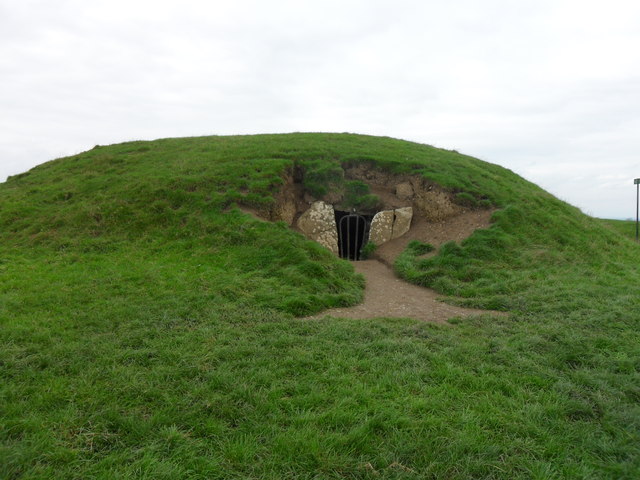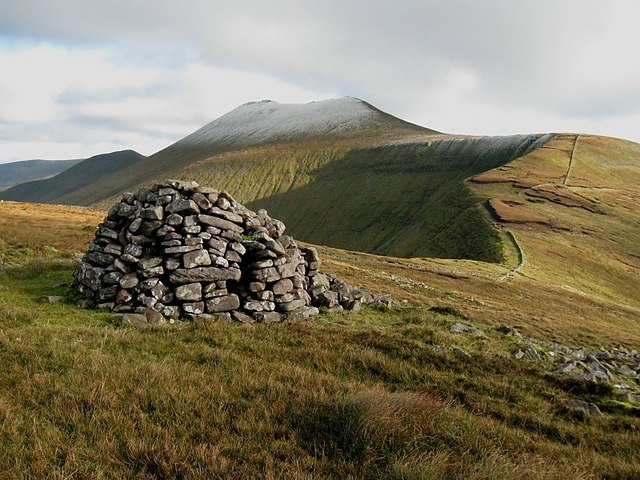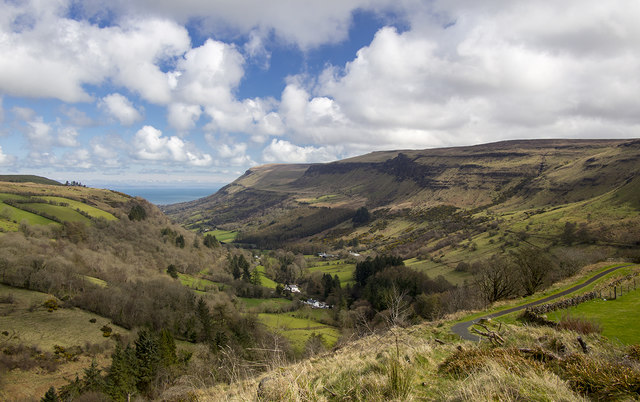Hill of Tara, County Meath
A site of mythical importance, Tara was the political and spiritual centre of Celtic Ireland and the seat of the High Kings until the 11th century. The spread of Christianity, which eroded the importance of Tara, is marked by a statue of St Patrick. The...









